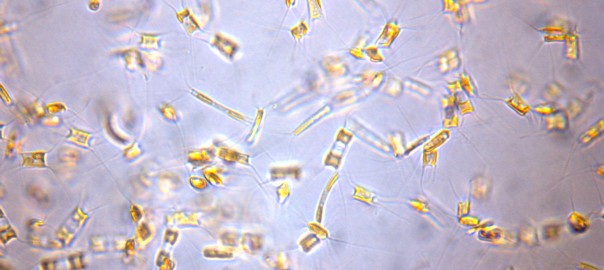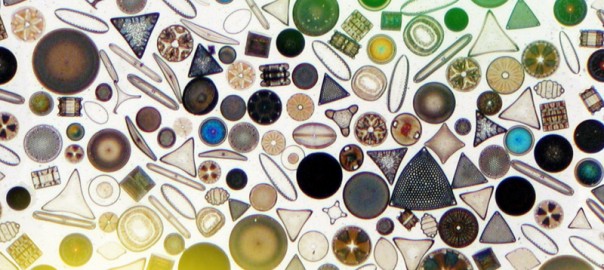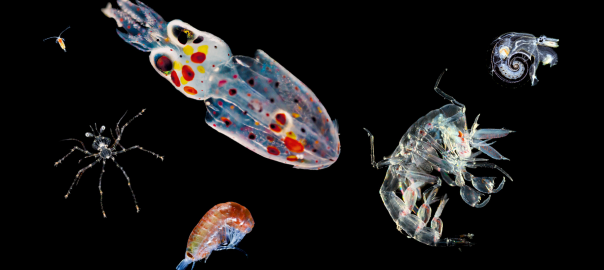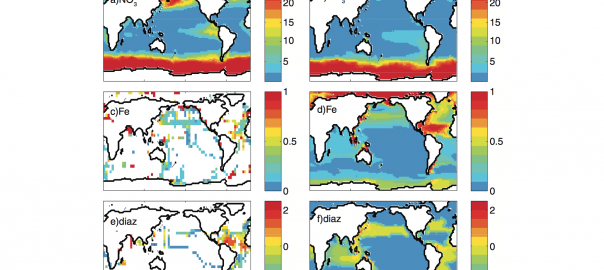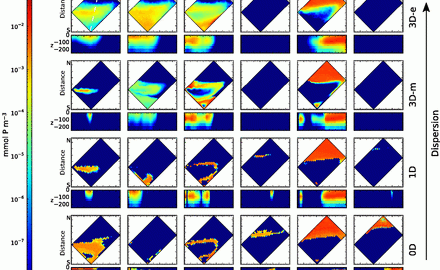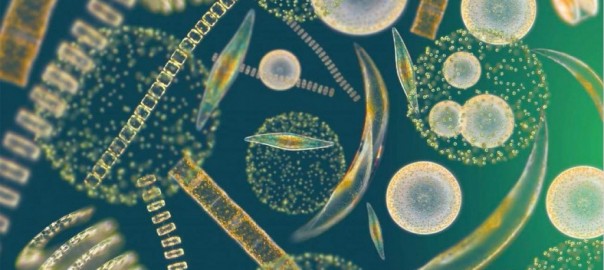The elemental composition of organic matter is remarkably constant throughout the world’s oceans, but phytoplankton are known to take up nutrients and carbon in quite variable ratios depending on light and nutrient conditions.
In a paper published online in the journal Global Biogeochemical Cycles last month, Darwin Project researchers David Talmy (MIT), Christopher Hill (MIT), Anna Hickman (Univ. of Southampton, England), and Mick Follows (MIT), in a collaboration with Adam Martiny (Univ. of California, Irvine), report on their work seeking to understand what ecosystem factors could cause the elemental composition of organic matter to remain stable and relatively constant (homeostatic), even when the phytoplankton can have quite variable composition. Continue reading Keeping Things the Same
